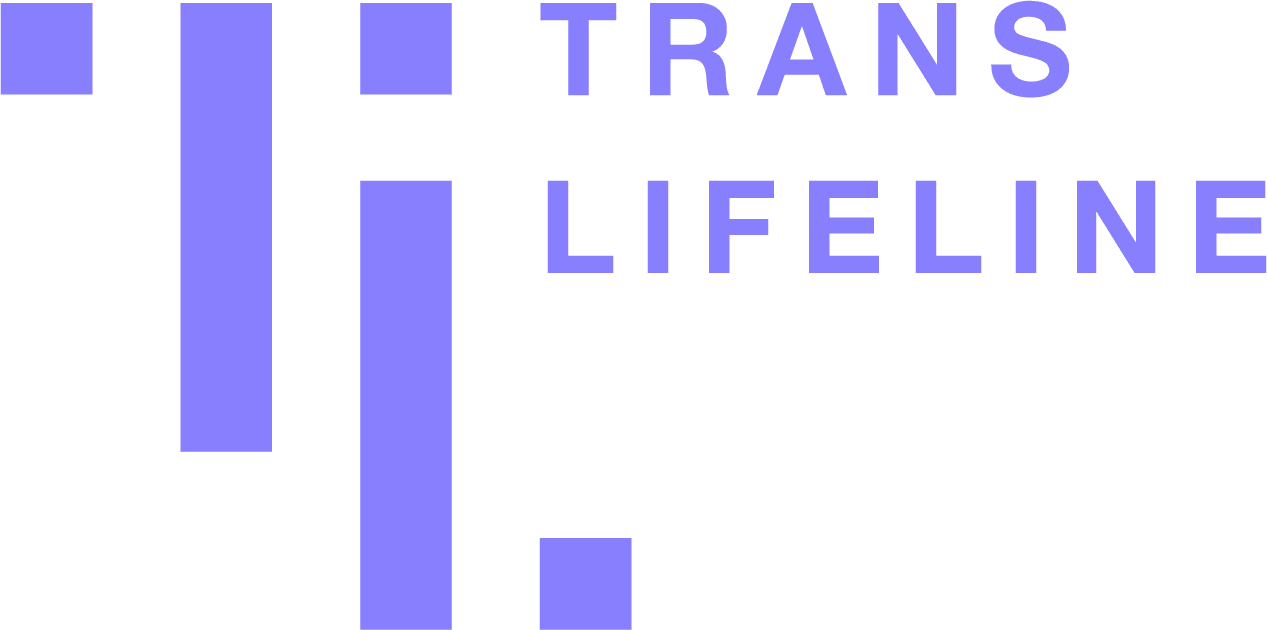Informed Consent
A model of medical care requiring physicians to disclose complete and accurate information regarding the known risks of pharmaceutical drugs, medical procedures, and tests before administering them to patients (Shuster, 2019). The practice is intended to empower individuals with the information necessary to make evidence-based decisions regarding their medical care.

